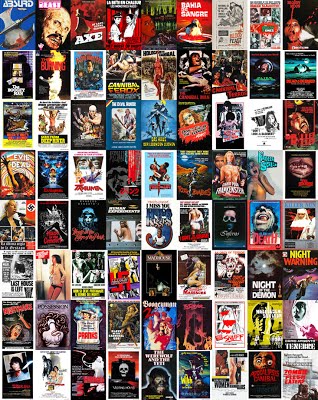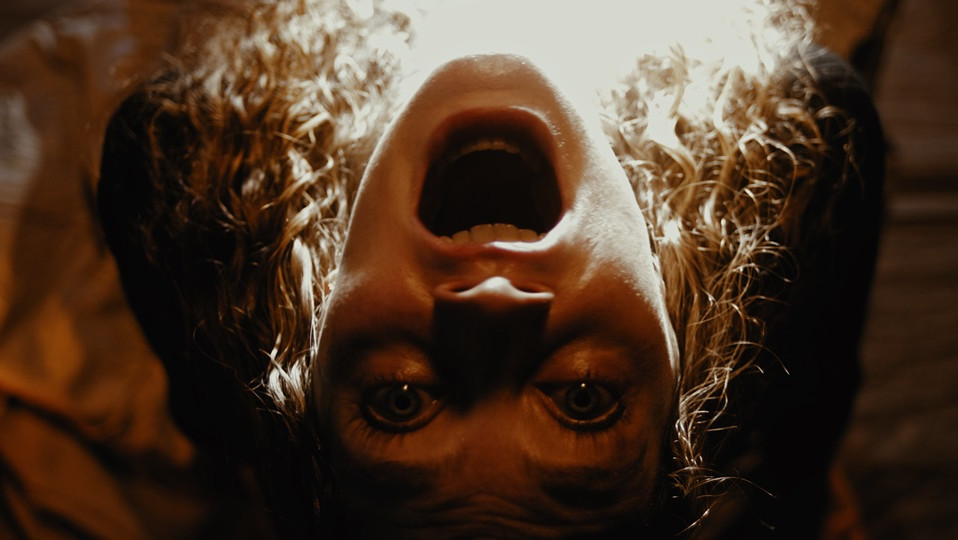The UK film industry has encountered countless censorship controversies over the years. Some date as far back as 1925 and they continue well into the 21st Century. Considering that the definition of censorship is to suppress speech that is obscene, politically unacceptable or a threat to security, this raises considerable questions for freedom of speech.
Well, today we are looking at the history of UK film censorship. We will look at the video nasties scandal and the role they played in British film and law history. And we will look at examples of British film censorship throughout the years and the reasons behind their censorship. But first, we will look at the body responsible for the regulation of British film, the BBFC.
Who are the BBFC?
The BBFC was founded in 1912. Their acronym stands for British Board of Film Classification, originally the British Board of Film Censors. Its purpose is to certificate films shown in UK cinemas. These certificates are legal guidelines for who should be able to see a film The film classifications are U, PG, 12A/12, 15, 18 and R18. This is done to prevent potential harm to the public, especially children. Under the Licencing Act 2003, all cinemas must restrict admittance of anyone under 18 in accordance with the BBFC’s age ratings.

The BBFC can also advise film distributors on how to reduce their classification by listing potential cuts. Censoring any material that may be harmful to the British public. Later they became responsible for classifying video releases. A responsibility brought about thanks to…
The Video Nasties
In the late 70s/early 80s, the video market in the UK was unregulated. The BBFC originally ran a voluntary regulatory service. Meaning that the video distribution companies had to submit their film and pay for classification. Usually these videos were heavily cut to meet the BBFC’s guidelines. So many companies chose to avoid it.
Many conservative outlets, including the Daily Mail, campaigned against the slew of violent horror films being released. And how children could easily acquire them because of the lack of regulation. The Director of Public Prosecutions subsequently made a list of 72 titles that he thought would be liable for prosecution under The Obscene Publications Act, The Video Nasties. Meaning that he saw them as capable of depraving and corrupting the British public. The DPP also listed another 82 titles, called the section 3 titles. These films contained offensive material, but they were less likely to get a conviction.

Several films listed by the DPP were successfully prosecuted, but several cases were unsuccessful. Meaning that there was a lot of conjecture as to what was classified as “obscene”.
This eventually led to the creation of the Video Recordings Act 1984. This required all videos to be classified by an industry body, resulting in the BBFC classification of home video releases. Many of the banned titles were later released. Although they were heavily cut. Though years later many of the films have since had all cuts waived.
Examples of Censorship
But of course, battles over films potentially harming viewers is nothing new in the UK. One of the first films the BBFC banned was 1925’s Battleship Potemkin, for political reasons. Because of the films function as communist propaganda, it was seen as having the potential to provoke violent revolts. Potemkin wasn’t released in the UK until 1954.
But even in the past decade, the BBFC have encountered problems with several controversial films. Most notably Human Centipede 2. Which the board initially rejected due to its portrayal of sexual violence and encouraging a dehumanizing view of others. The BBFC only allowed a release after they cut 2 minutes of footage. Which displeased the film’s fans, though it greatly pleased the film’s director.
But the board have also received flack for occasionally being too permissive. For example see Crash, which depicts the lives of a group of car accident fetishists. Upon release, several newspapers called for it to be banned. Westminster actually has a ban on the film, but the board passed it uncut. A rare example of local councils overturning the BBFC’s decision.
The Results
The BBFC has changed a lot over the years. It is now the overseer of Britain’s home entertainment industry and the legal arbiter of the cinemas. They have gone from consistently demanding cuts from films, to being more concerned with film classification. To see their changing attitudes look no further than the video nasties themselves. Once seen as potentially obscene many are now available uncut.
But like the nasties, there are newer movies that aim to push what is acceptable. Making things very difficult for the BBFC. “If they’re too heavy-handed the liberals don’t like them. If you’re too light-handed, then the conservatives don’t like them” – Christopher Frayling. And the internet makes it easier and easier for the public to circumvent the board’s decisions.
Ultimately, times change. What is obscene one year is next years punchline. The board’s mission is, of course, important, to protect the vulnerable from potential harm. But does that give it the right to tamper with someone’s work? Please let us know your feelings in the comments below.
Also Read: Great Scenes with No Dialogue













3 Comments
Comments are closed.